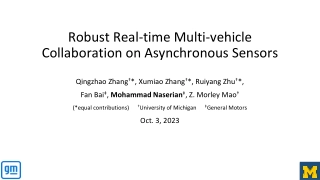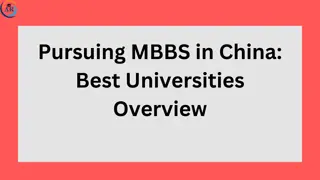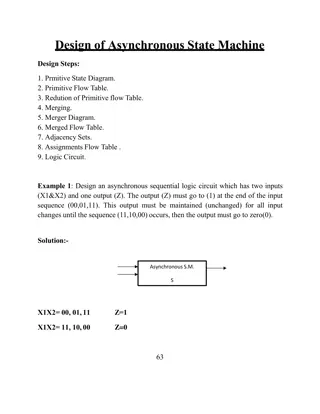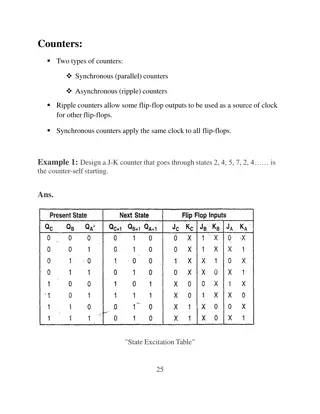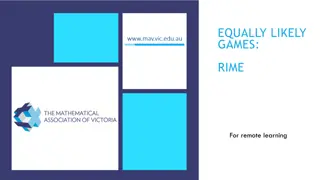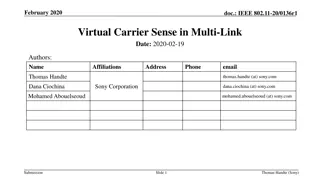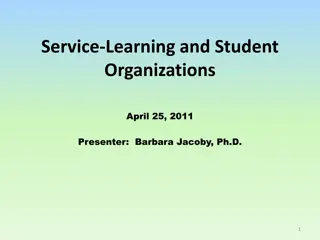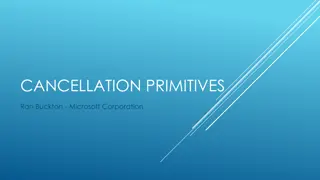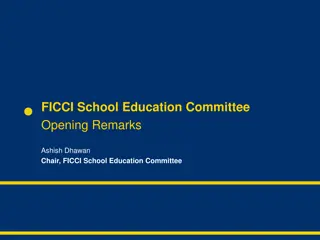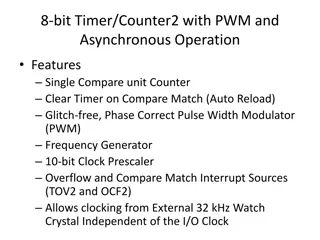Exploring FOAMed: Assessing Asynchronous Online Learning Resources in Medical Education
In this comprehensive exploration of Free Open Access Medical Education (FOAMed), we delve into its origins, usage in medical education, and the development of assessment tools for blogs and podcasts. We learn about FOAM's democratization of medical education through various online resources and how physicians leverage FOAM for self-paced learning. The discussion also covers the challenges of assessing FOAM content and introduces current assessment tools like ALiEM AIR and Revised METRIQ.
Download Presentation

Please find below an Image/Link to download the presentation.
The content on the website is provided AS IS for your information and personal use only. It may not be sold, licensed, or shared on other websites without obtaining consent from the author. Download presentation by click this link. If you encounter any issues during the download, it is possible that the publisher has removed the file from their server.
E N D
Presentation Transcript
Objectives Define FOAMed asynchronous online learning resources and how they are being used in medical education Understand, through review of the literature, how the tools used to assess blogs and podcasts were developed Practice using a validated set of tools to appraise a blog article and a podcast Develop a plan to use these tools in the future to assess the educational value of asynchronous online resources for colleagues and learners
10 minutes Group discussion 10 minutes Conclusion ~1 minute Video intro 20 minutes Hands-on practice 15 minutes Introduction to FOAM Club
What is FOAM? FOAM is an international collaborative movement comprised of blogs, podcasts, videos, conferences, social media and more FOAM aims to democratize medical education by providing Free Open Access to Medical Education Content is being produced from 40 countries, in 16 languages There are users from over 220 countries FOAM is not free from peer review
How is FOAM being used? Physicians and other health care professionals read blogs and listen to podcasts on their own time and during their clinical responsibilities The ACGME endorses the use of sanctioned and well-vetted FOAM for up to 20% of the asynchronous educational credit in Emergency Medicine residencies The most popular platform for this purpose is ALiEMU
Is this FOAM stuff any good? Per Thoma et al. in the Annals of Emergency Medicine gestalt ratings of the quality of blog posts by students and attendings alike are unreliable Work in this area to develop assessment tools has included systemic reviews, Delphi studies, and the ongoing collaborative work of the METRIQ study group (Ting et al. Seminars in Nephrology) The major work going forward is focusing on reliability and validity They can still be used to stimulate discussion and teach a structured approach to appraisal
Current FOAM assessment tools ALiEM AIR Designed for use by educators to select resources for the ALiEMU platform Revised METRIQ A point-of-care tool for the assessment of FOAM blog articles Quality Checklists for blogs and podcasts The tools that we will be using today
Group Activity
Take Home Points









